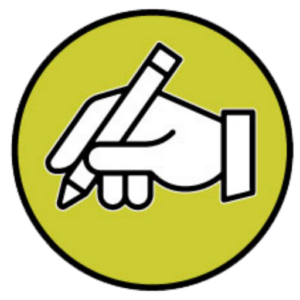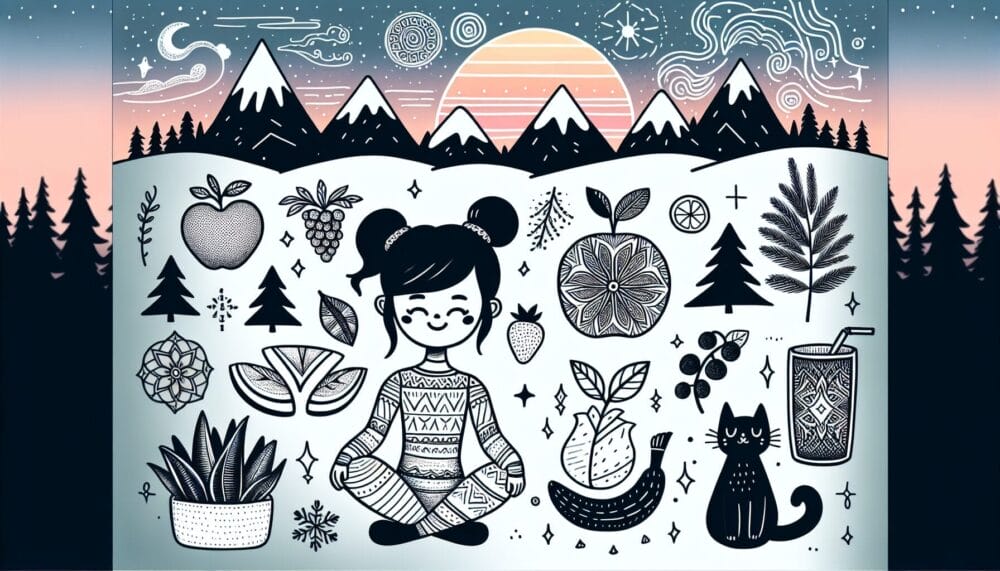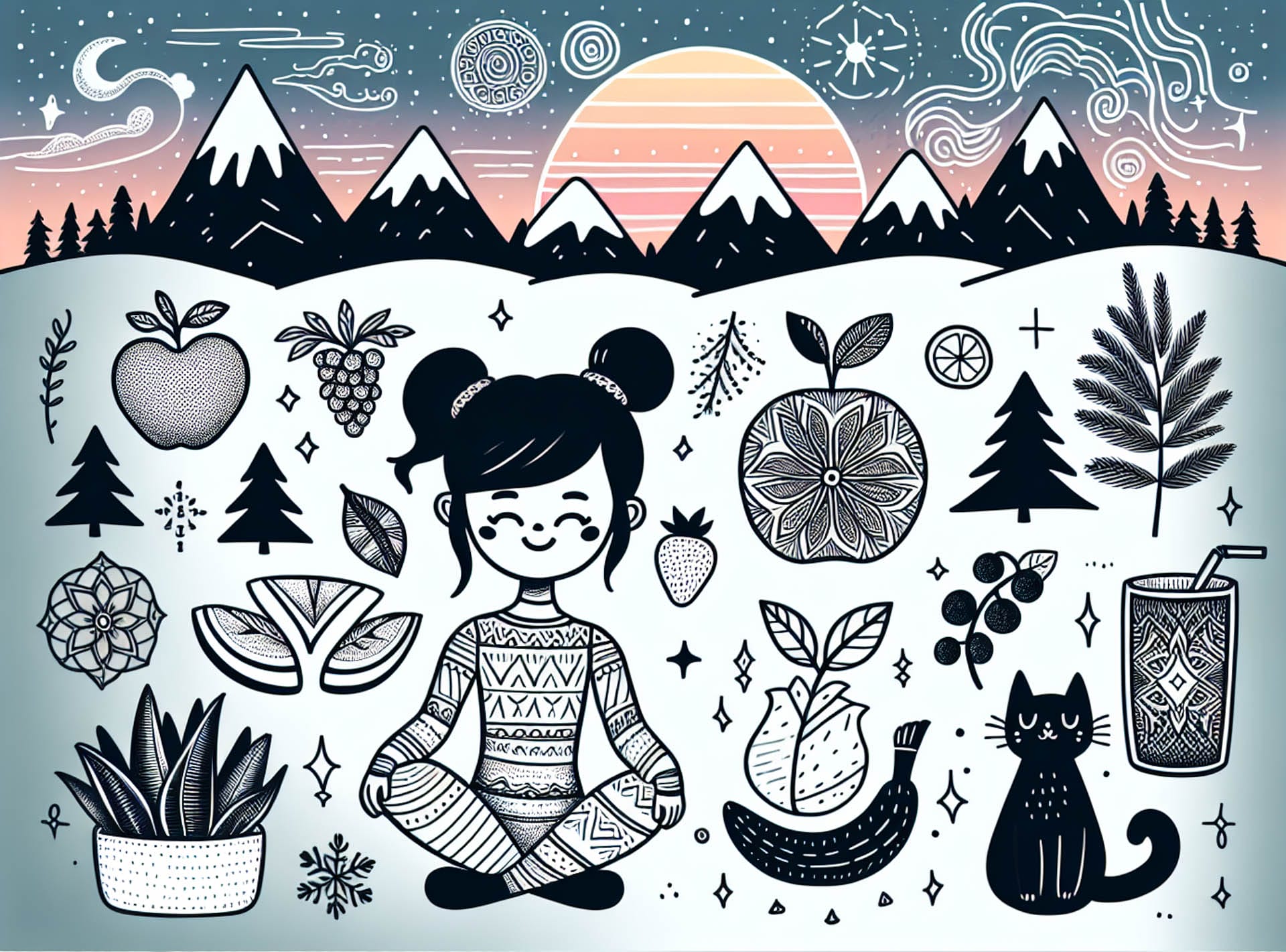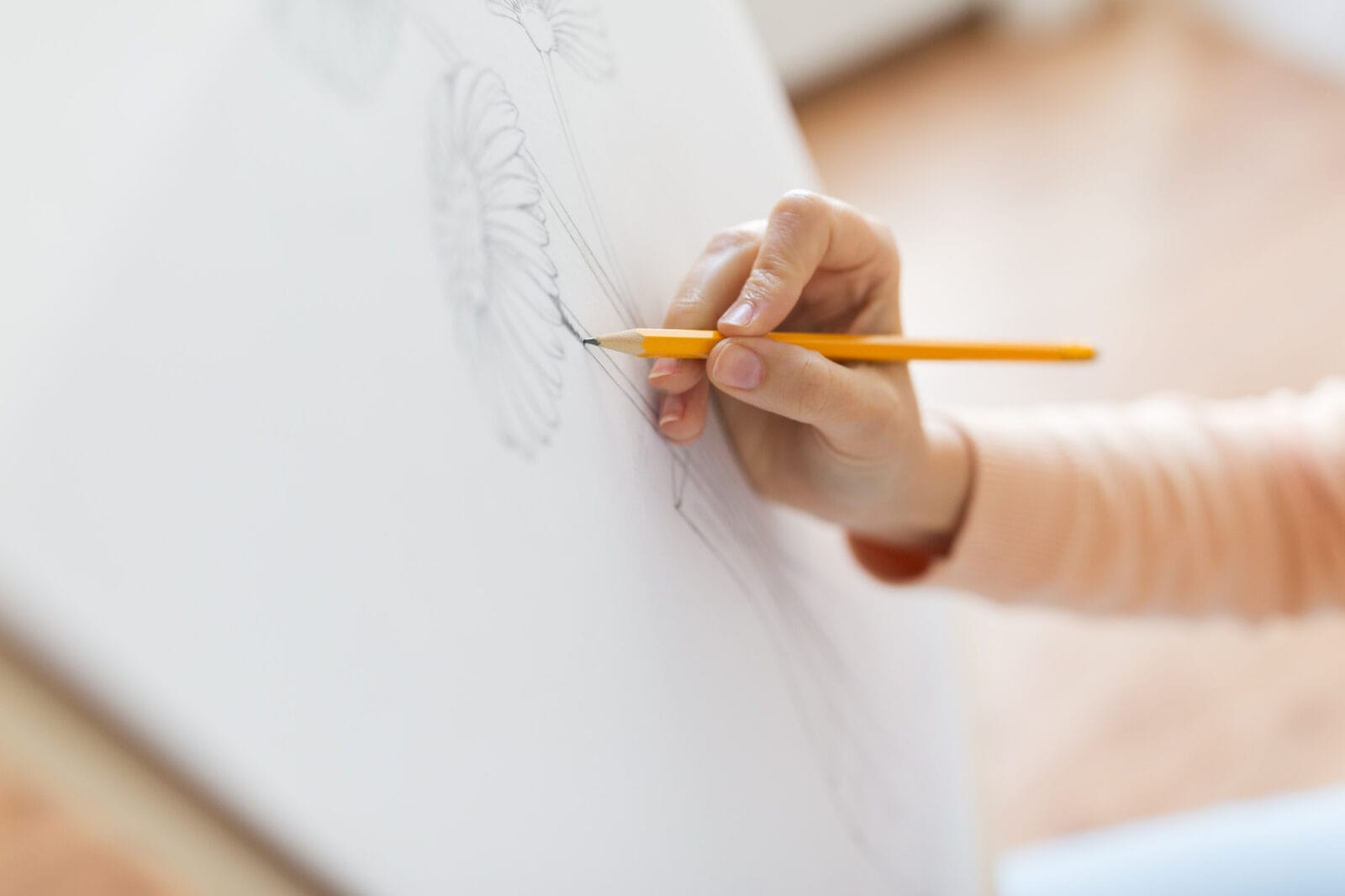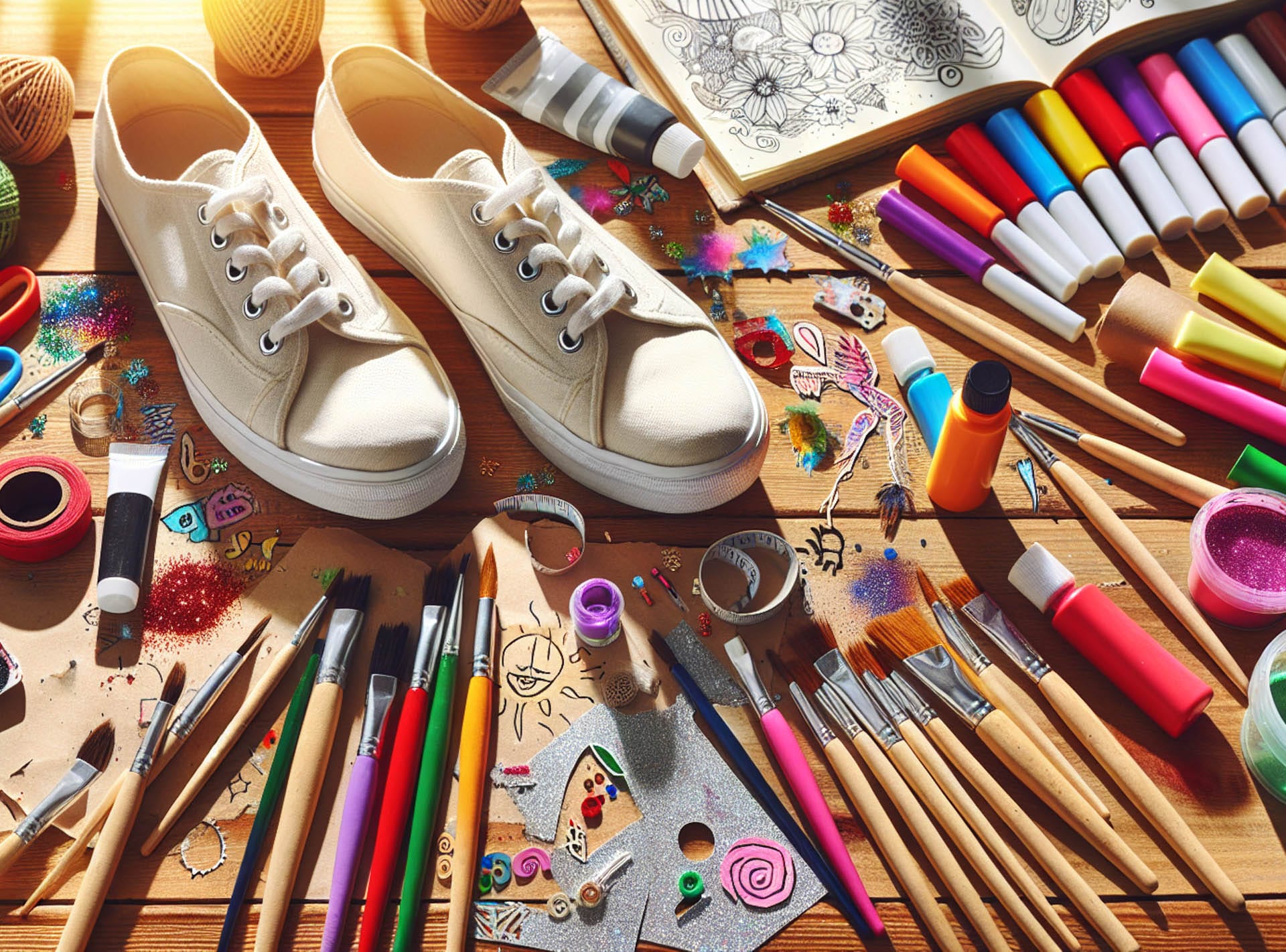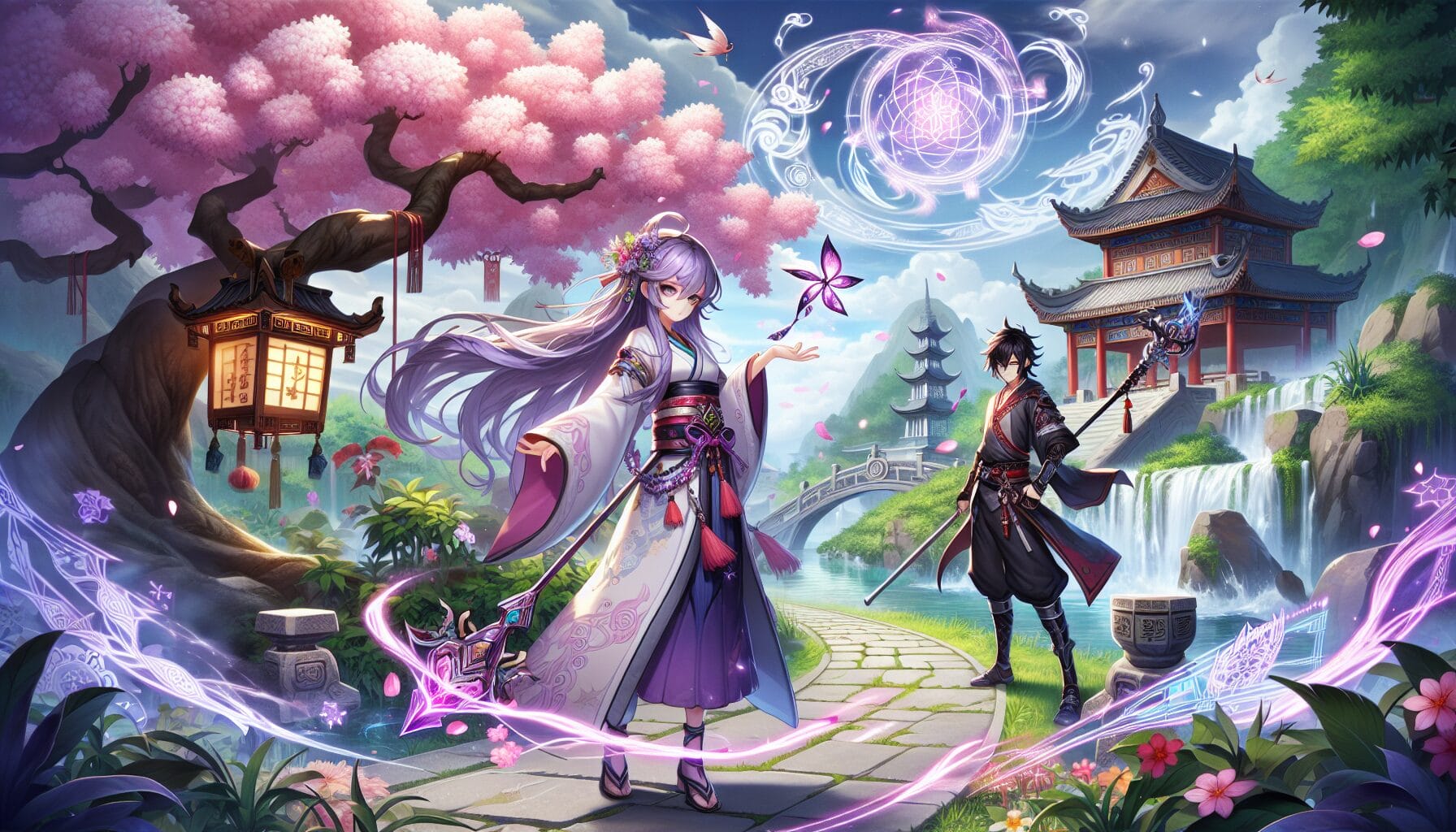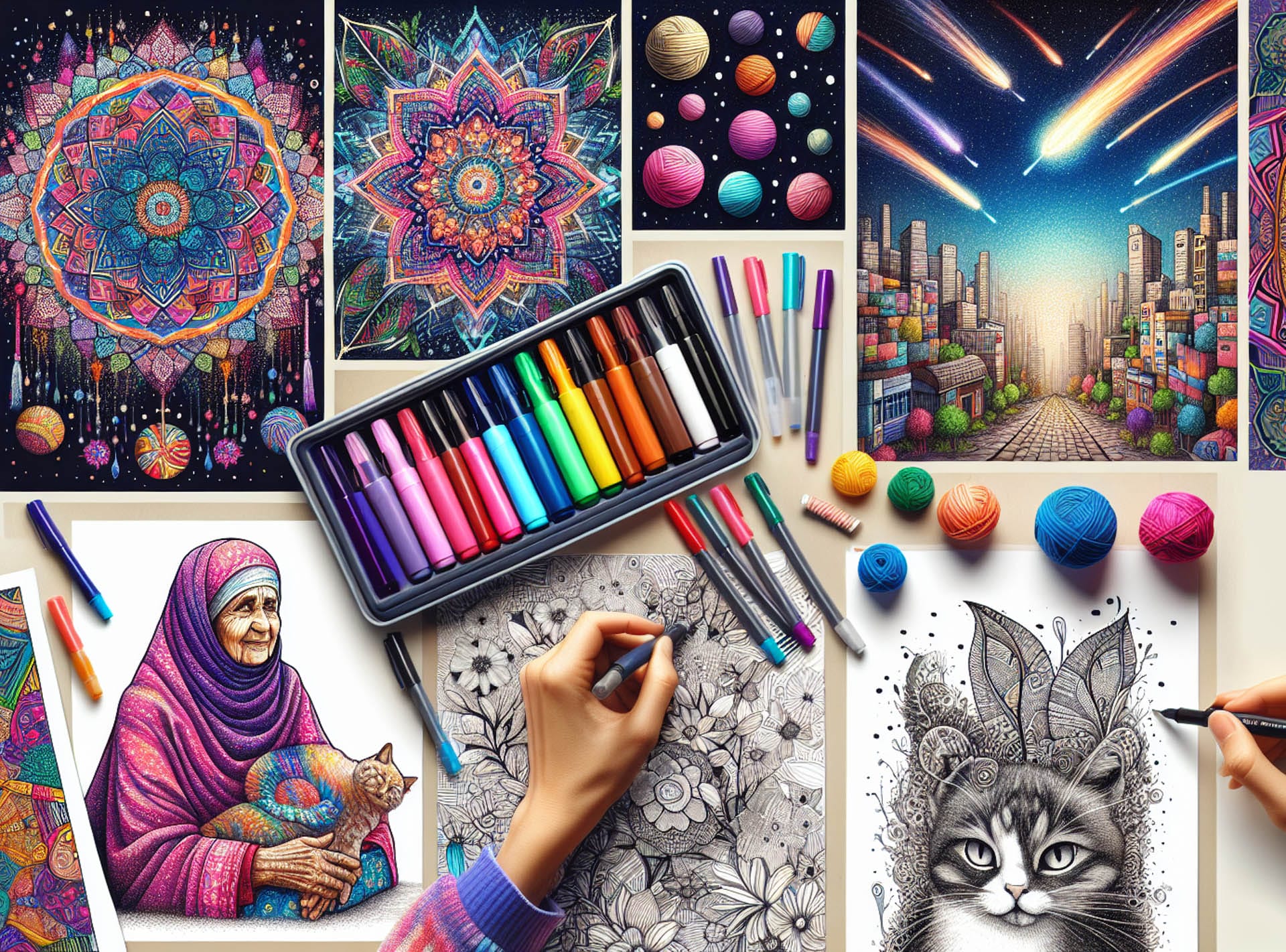Have you ever picked up your sketchbook with no idea of what to draw? So. looking for something easy, you Google this phrase: what to draw when you are bored. At other times, the best way to overcome artistic blockage is to pick up a pencil and find a thing, a simple household object, to draw. But what should you choose? Here are ten easy drawing ideas to help you beat boredom, focus your attention, and get those creative juices flowing.
Get Creative with Simple Drawing Projects
Don’t worry if you’re not a seasoned artist; these ideas are simple enough for beginners but can be made more complex if you’re looking for a challenge. Whether picking up a pencil for the first time or returning to a long-lost hobby, the key is to enjoy the process and let your creativity flow.
Find Things To Draw When Bored
Remember, the most important part is to have fun and not to be too hard on yourself. Every artist starts somewhere, and every piece you create is a step toward developing your unique voice and style. Embrace the journey of learning and discovery!
Doodle Designs
One of the most accessible and therapeutic forms of drawing is doodling. Grab a piece of paper and start with a simple shape like a circle or a line. Let your pencil wander and see where it takes you. Create patterns, intertwining lines, or abstract shapes.
Begin with basic geometric shapes—circles, triangles, squares—and arrange them visually pleasingly. As you gain confidence, experiment with color theory or layering shapes to create depth.
Allow your imagination to run wild with doodles. Start with small designs, then connect them to create larger pieces. You can later refine these doodles into more polished illustrations or patterns. Before you know it, you’ll have a masterpiece.
Nature Sketches
Take a look out the window. What do you see? Maybe there’s a tree with intricate branches, a scenic mountain, a cloud floating by, a cute animal, or a flower in a pot. These natural elements make for fantastic drawing subjects. Start by lightly sketching the basic shapes of easy things to draw and then adding details and shading. As you begin your sketch, focus on the overall outline of your chosen object.
If it’s the tree, capture the trunk’s width and the canopy’s shape. For a mountain, sketch the peaks and valleys, giving it a sense of depth and perspective. Remember, it doesn’t have to be perfect on the first try; light lines are your friend.
Once you have the basic shapes down, start adding details. For the tree, you might want to define the bark’s texture with gentle, wavy lines, while for a flower, you can emphasize the delicate petals by outlining their curves and adding veins. If you’ve chosen a cute animal, pay attention to its features—like how its fur might catch the light or how its eyes sparkle with life.
Next comes shading, which can bring your drawing to life. Observe how light falls on your subject. Is one side illuminated while the other is in shadow? Use softer strokes for lighter areas and heavier pressure or cross-hatching techniques for darker parts. This contrast will add depth and dimension to your artwork.
Don’t be afraid to experiment with different materials, too! Whether you’re using pencils, charcoal, or pastels, each medium can yield different effects. If you feel adventurous, try adding color to your drawing with watercolors or colored pencils, bringing vibrancy to your creation.
Finally, step back and examine your work. Appreciate the effort you’ve put in and consider how you might refine it further. Art is not just about the final product; it’s also about the process of observation, expression, and discovery. So, keep practicing, and let your creativity flow!
Animal Cartoons
Drawing cute animals can be a fun way to pass the time. Start with simple cartoon versions, using basic shapes to construct your animal. You can make it as realistic or as whimsical as you like. Practice with your pet or find pictures of cute animals online for inspiration.
Once you have a basic outline, add details like facial expressions, fur patterns, or unique features that give your animal character. Experiment with different poses to see how they can convey different moods—like a sleepy cat curled up or an excited puppy with its tongue hanging out.
Don’t be afraid to use color! Color can bring your drawings to life and add to their overall cuteness. Use soft pastels for a gentle look or vibrant hues for a more playful vibe. Watercolors, colored pencils, or markers can all be great mediums for experimentation.
If you feel adventurous, try combining different animal traits to create your own fantastical creatures. A bunny with butterfly wings or a kitten with dragon scales could be a fun challenge. This not only stretches your creativity but also helps you practice drawing various forms and textures.
Once you have a drawing collection, consider sharing it with friends or on social media. Joining an art community can provide valuable feedback and inspire you to keep improving. You might even discover new techniques or styles that resonate with you.
Finally, remember that the most important part of drawing cute animals is to have fun! Don’t stress about perfection—every artist has their style. Enjoy the process, and let your imagination run wild!
Portrait Practice
Portraits can be daunting, but they don’t have to be. Start by drawing a friend, family member, or even a selfie. You can keep it simple with a basic outline and key features or get more involved by experimenting with shading and different expressions of cartoon characters. As you begin, focus on the head’s shape and the placement of facial features.
Sketch the outline using light pencil strokes, ensuring the proportions are accurate. Pay attention to the eyes, nose, and mouth—these elements are crucial for conveying personality.
Once you have the basic structure, you can refine the details. For example, capture the unique shape of the eyes or the curve of the lips that makes your subject distinctive. If you’re drawing a cartoon character, feel free to exaggerate these features for a more whimsical effect.
Shading can add depth and dimension to your portrait. Experiment with different techniques, such as hatching, cross-hatching, or blending, to create shadows that bring your drawing to life. Consider the light source in your composition to help you determine where the highlights and shadows should fall.
Remember the background! A simple wash of color or a few shapes can enhance your portrait and provide context. It can also reflect the personality of your subject or set a particular mood.
Lastly, remember that practice makes perfect. Don’t be discouraged if your first attempt doesn’t turn out as expected.
Each sketch is an opportunity to learn and improve. Keep experimenting with styles and techniques, and most importantly, enjoy capturing the essence of those around you. Happy drawing!
Household Objects
Find any object around your home—a cup, a book, a shoe—and get drawing; even these can be fun things to draw! Everyday items like these might seem mundane, but they are excellent for practicing perspective and shading. Plus, it’s a great way to make the ordinary look extraordinary through art.
As you start sketching, pay attention to the shapes and contours of the object. Notice how light interacts with it, where the highlights fall, and where the shadows lie. This awareness will help you improve your understanding of form and depth.
For instance, if you’re drawing a cup, focus on the curvature and how it reflects light. Is it glossy? Matte? Each texture will require a different approach to shading. Experiment with different techniques—cross-hatching, stippling, or smooth blending—to see how they affect the overall look of your drawing.
Don’t hesitate to change your viewpoint; move around and see the object from different angles. This keeps your drawing fresh and dynamic and helps you understand how perspective alters the perception of shapes.
Consider adding a backdrop or some surrounding elements to give context to your drawing. For example, you could place the cup on a table with a few scattered coffee beans or a book next to it. This will create a narrative and invite the viewer into the scene, making it more engaging.
Finally, remember that the goal is not perfection but exploration. Embrace mistakes as part of the learning process. Each line you draw is a step towards improving your skills. So grab your pencil or charcoal and let your creativity flow—turn those everyday objects into extraordinary pieces of art!
Fantasy Creatures
Let your imagination run wild and draw creatures from it.
Unicorns, dragons, fairies, or mythical beasts can be fun projects. Start with basic shapes and add fantastical elements, playing with proportions and features. Experiment with colors and textures that you wouldn’t typically see in nature. Perhaps your unicorn has a shimmering, iridescent coat that reflects the colors of the sunset or a dragon with scales that resemble molten lava, glowing with an inner fire.
Consider the environment your creature inhabits; does your fairy flit among bioluminescent flowers in an enchanted forest, or does your mythical beast soar through the clouds of a stormy sky?
What’s The Story?
As you sketch, think about the personality and backstory of each creature. Does your dragon hoard treasures from ancient civilizations, or does your fairy act as a guardian of nature, ensuring that flowers bloom and rivers flow? These narratives can inspire additional features—perhaps your dragon has battle scars from past confrontations, or your fairy carries a tiny, enchanted charm that grants her special powers.
Don’t shy away from mixing different elements. What if your unicorn had the wings of a bird, or your dragon had the playful spirit of a kitten? There are endless possibilities; each combination can lead to a unique creation. Once you have a few designs, consider placing them in a scene. How do they interact with their surroundings and each other?
Finally, share your creations! Showcasing your imagination through digital art, traditional drawing, or 3D modeling can inspire others. You might also try collaborating with friends—each of you can create different creatures and combine them into a fantastical world rich with stories and adventures waiting to be told. Let your creativity soar, and remember that there are no limits in the realm of imagination!
Fashion Sketching
Are you interested in fashion? Try sketching a figure and then outfit it in your dream wardrobe. Practice draping fabric, designing patterns, and creating accessories. This helps with human figure drawing and lets you toy with different styles and trends.
You can start by researching current fashion trends and iconic styles from different eras. Look at fashion magazines, blogs, and social media platforms like Instagram and Pinterest for inspiration. Create a mood board that reflects your vision and aesthetic.
Once you have your figure sketched, think about the colors and textures that resonate with you. Experiment with fabric swatches or digital tools to visualize how different materials will look in your designs. Consider layering, mixing prints, and adding unique details like buttons, zippers, or embellishments to make your pieces stand out.
Get Your Figures Moving
To take your skills further, consider exploring fashion illustration techniques. Practice drawing different poses and perspectives to capture the fluidity of garments on a moving figure. You can also learn about color theory to enhance your ability to create harmonious outfits.
Don’t forget to document your progress! Keeping a sketchbook or digital portfolio will allow you to see how your style evolves. You might even want to share your designs on social media or join online fashion communities to receive feedback and connect with other aspiring designers.
As you grow more confident in your abilities, consider challenging yourself with themed collections or specific target demographics. Whether it’s streetwear, haute couture, or sustainable fashion, each direction offers unique opportunities for creativity and expression.
Lastly, remember that fashion is not just about aesthetics; it’s also about storytelling. Think about the narrative behind each outfit you create and how it reflects your personality and values. The more you infuse your designs with your own voice, the more authentic and powerful your creations will be. Happy designing!
Architectural Elements
Buildings, bridges, and other architectural elements are great ways to practice straight lines and perspectives. Start with a simple structure like a house or gazebo and gradually work up to more complex forms.
As you gain confidence, consider incorporating varying angles and unique features, such as arches, columns, and decorative elements. Consider how light interacts with these structures; shadows can add depth and dimension to your drawings.
Experiment with different viewpoints—try sketching from a low angle to emphasize towering buildings or from above to capture a sprawling cityscape. This will help you understand how perspective shifts depending on your position relative to the subject.
In addition to traditional pencil and paper, explore digital tools that allow greater flexibility in manipulating shapes and perspectives. Programs like Adobe Illustrator or Procreate can be beneficial for creating clean lines and experimenting with color.
Don’t forget to study real-life examples! Visit local sites or browse architectural photography to observe how different styles and materials come together. Take notes on what catches your eye and try replicating those elements in your work.
Finally, share your creations with others for feedback and inspiration. Engaging with a community of artists can provide new insights and motivation, helping you refine your skills and develop your unique style. Remember, the key is practice and exploration—embrace the process, and you’ll see your artistic abilities flourish over time.
Food Illustrations
Who doesn’t love food? Drawing your favorite snacks or dishes can be both fun and mouthwatering. Whether it’s a piece of fruit, a pizza, or a cupcake, please pay attention to textures and contrasts to make it look as delicious on paper as it is in real life.
Gather your materials—pencils, colored markers, or watercolors—and set up a comfortable workspace. Choose a dish that excites you. If you’re feeling adventurous, consider combining elements from different cuisines to create a unique masterpiece.
Once you’ve selected your subject, observe the colors and shapes closely. Notice how the light reflects off the surface of a shiny apple or the way the cheese on pizza bubbles and melts. Sketch lightly, focusing on the overall composition before diving into details. Emphasize your dish’s most appetizing features to capture the essence of your dish.
As you add color, think about the textures. Use soft strokes for creamy elements, sharp lines for crunchy bits, and layering techniques to create depth. Don’t stop experimenting with shadows and highlights; they can bring your food illustrations to life and make them more enticing.
Finally, consider adding a background that complements your dish—perhaps a rustic wooden table, a vibrant tablecloth, or even a simple plate. This will enhance the presentation and draw the viewer’s eye to your culinary creation.
Remember, the joy of drawing food lies in the final product and the process. Enjoy each stroke of your pencil or brush, and let your imagination run wild as you create a feast for the eyes!
Your Ideal Place
Think of a place where you feel completely at ease or a scene from your dream vacation. It could be a beach, mountains, cityscape, or even a scene from your favorite book or movie. Capture the essence of this place on paper, using your memory or imagination to fill in the details of cool things you want to draw. As you close your eyes, let the image unfold in your mind.
Picture a serene beach at sunset, where the sky melts into a palette of oranges, pinks, and purples, reflecting off the gentle waves that lap at the shore. The sound of the water is a soothing symphony punctuated by the distant calls of seagulls soaring overhead.
Imagine the soft, warm sand beneath your feet, each grain a tiny treasure, inviting you to dig your toes in deeper. Scattered along the shoreline are smooth, colorful shells and bits of polished sea glass, glinting like jewels in the fading light. A few palm trees sway lazily in the soft breeze, their silhouettes dancing against the vibrant backdrop of the setting sun.
Now, focus on the details. Picture a small beachside café nestled among the trees, its rustic wooden tables adorned with flickering candles. The aroma of grilled seafood and spices wafts through the air, drawing you closer. You can see a couple laughing as they share a platter of fresh prawns, their happiness contagious.
Nearby, a group of friends playfully toss a frisbee, their laughter ringing out like music. A child builds a sandcastle, meticulously crafting towers and moats, while a golden retriever bounds through the waves, joyfully splashing around.
As the sun dips lower, the sky transforms into a canvas of stars. The first twinkling lights appear, and you imagine sitting on a blanket, a warm drink in hand, as you gaze up at the vast cosmos. The Milky Way stretches overhead, a brilliant river of stars connecting the dots of constellations you’ve always wanted to explore.
Draw the ocean, capturing its movement and how it reflects the sky’s colors. Sketch the palm trees, with their fronds swaying gently. Illustrate the café, adding texture to the wood and warmth to the light. Don’t forget the laughter of friends and the joy of a child, as these moments make your scene come alive.
Let your imagination flow onto the page, and with each stroke of your pencil or brush, bring this idyllic place to life. Feel its ease and tranquility, and let it inspire you as you create.
Remember, the goal is to have fun and use drawing to relax and pass the time. There are no rules, so let your creativity flow, and most importantly, enjoy the process! Whether you spend five minutes or fifty, you’ll feel less bored and more inspired.
